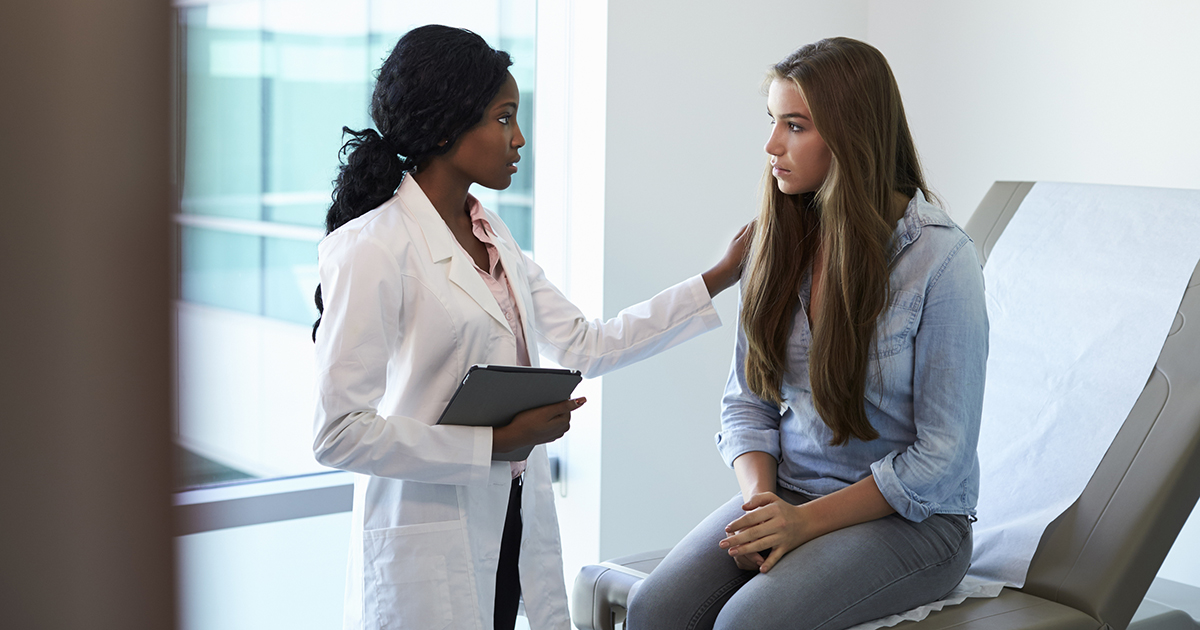How To Check Yourself For Breast Cancer
Breast Self-Exam Lying Down

Doing a breast self-exam lying down is advantageous because the breast tissue spreads out across the chest and allows easier access to those hard to reach places. You will use your right arm to check your left breast and vice versa. Place a pillow or thick towel behind the shoulder area of the reclining side for support and a better view. Your first few fingers should always be kept together while you're performing breast self-exams. The movements should be made in small motions to assure coverage of all areas. The up and down motions should be made about an inch apart, while the circular motions should be about the size of a quarter. A popular technique begins at one point on the breast and circles all the way around until you arrive back at the same point. This method is helpful for covering every inch of the area to be screened. Don't forget to examine the places around and under your arms. Repeat for the other side and then squeeze the nipples to check for any discharge.
Keep reading to discover what to do in the event you find a lump.
What To Do If You Find A Lump

Don't become alarmed if you encounter a lump or lumpy area while doing a breast self-exam. It's entirely normal for some women to experience minor changes in breast tissue or noncancerous lumps. Most cases of lumps in the breast are found to be benign. Nevertheless, it's important to know what to do if you find a lump. Your healthcare provider should evaluate each occurrence. Some changes may be due to other things like your menstrual cycle, but any change that's out of the ordinary or new should be addressed as soon as possible. Contact your healthcare provider if you notice new breast changes such as a lump or thickening, discharge from the nipples, or any change in appearance, feel, size, or shape of the breasts or nipples.
Learn more about detecting breast cancer now.
